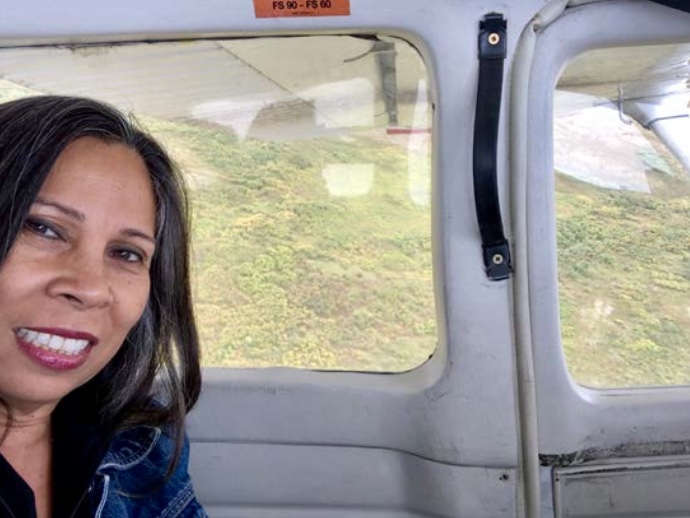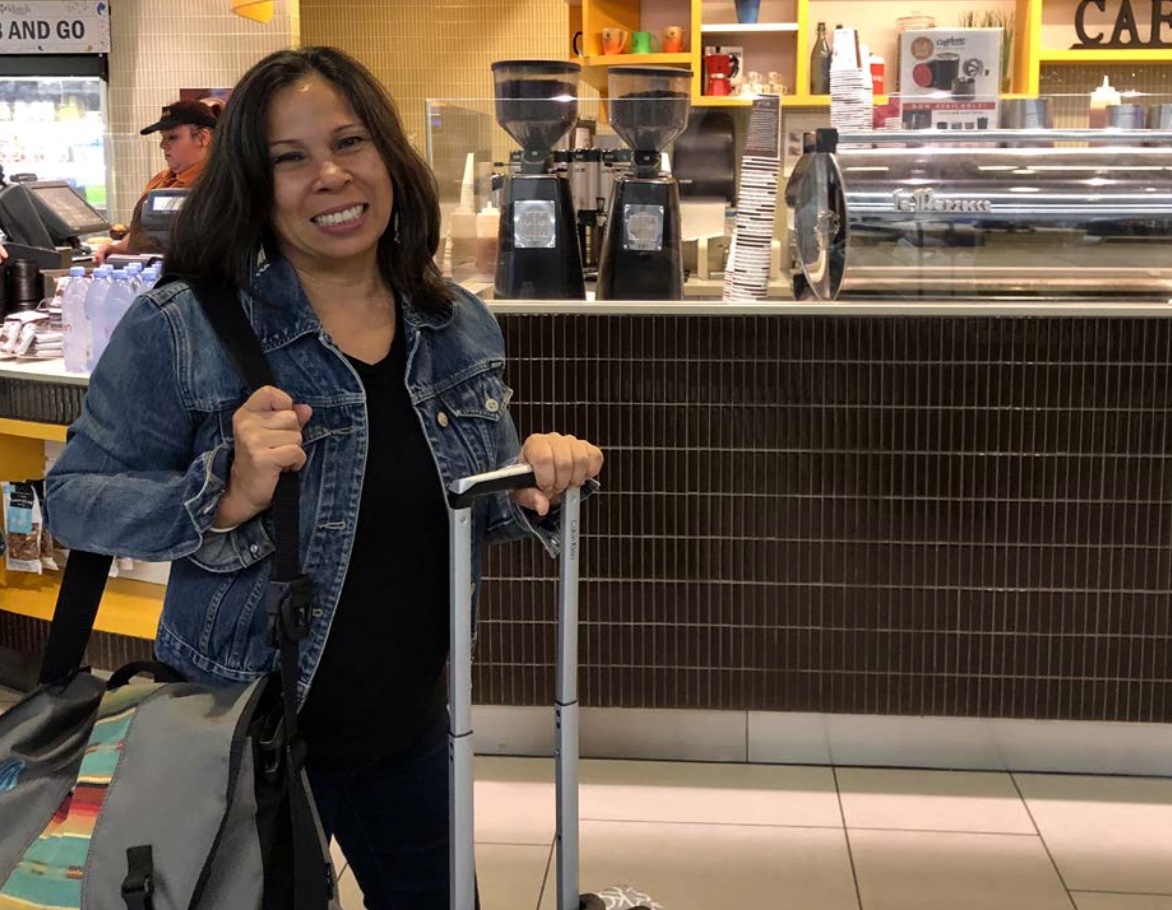Editor's Note | Vol. 15 | Issue 3
Reauthorization of VAWA: Safety of Native Women and Sovereignty of American Indian and Alaska Native Nations
“I remember as a little girl laying on top of a slope as a sentry watching for agents to warn our parents and the elders doing ceremony. Our spirituality was made illegal, outlawed.”
—Tillie Black Bear, Grandmother of the Movement for Safety, and Founding Member of NIWRC
The movement for the safety of Native women emerged in the 1970s as Native sisters helped each other seek safety. It developed as a resistance to the violence perpetrated against women of sovereign Indian tribes and Alaska Native Villages.
The struggle emerged in resistance to the violence committed against Native women but also intertwined with the resistance to actions by the federal government toward tribal governments as tribal nations. These remembrances highlight the difference between the political relationship of American Indian women as citizens of sovereign nations and women of other races.
“I remember as a girl being taken to the BIA government school. I told my mother I did not want to go but she said they would come and take me away by force if I did not. I did not speak English and the BIA had the authority to remove me from my parents. It was a place where I saw violence for the first time and children cried silently to avoid more punishment. I learned out of fear not to talk.”
—Lenora Hootch, Director, Yup’ik Women’s Coalition, and NIWRC Board Member
These human rights crimes committed against Native women and girls performed under the legal authority of the United States were not based on race. The federal departments of War, Interior, and Justice wrested their authority to commit these human rights violations against Indian nations and Native women of these sovereigns.
The colonization of American Indian tribes and later Alaska Native Villages created the immoral yet legal license for the United States  government to violate the very rights of Indian tribes it claims sacred. Denial of religious freedom, right to liberty and justice, and equal protection were among the stark denials of basic human rights. This political exercise of authority by the United Sates over Indian nations made legal the trafficking of children, rape of women, theft of land, and destruction of livelihoods and economies—in short, the destruction and diminishment of the governments of Native women.
government to violate the very rights of Indian tribes it claims sacred. Denial of religious freedom, right to liberty and justice, and equal protection were among the stark denials of basic human rights. This political exercise of authority by the United Sates over Indian nations made legal the trafficking of children, rape of women, theft of land, and destruction of livelihoods and economies—in short, the destruction and diminishment of the governments of Native women.
“I am a citizen of my tribal nation and struggle for the recognition of my government to be restored the authority and resources to fully protect all of our citizens. The violations against our women happened because of our political status that makes us vulnerable to predators.”
—Carmen O’Leary, Executive Director, Native Women’s Society of the Great Plains, and Vice Chair, NIWRC Board of Directors
For Native women and Indian tribes, the 2018 reauthorization of the Violence Against Women Act (VAWA) falls in the context of this political and legal relationship established at the very formation of the United States. With each past reauthorization (2000, 2005, 2013), VAWA has reaffirmed the authority of Indian nations and provides resources to tribal governments to enhance their response to violence against women. While much remains to be done, recognizing the responsibility of the United States to the safety of Native women based on their political status and not race is fundamental to restoring the right of Native women to the protection of their tribal nations.
Recognition of this distinct political status of Native women within Title IX. Safety for Indian Women of VAWA provides the proper political framework and legal context to fulfill the purpose stated by Congress to “strengthen the sovereign authority of Indian nations to respond to violence against Indian women.”
By understanding this distinct history, current reality, and political relationship, the broader national movement to end domestic and sexual violence can firmly support the lifesaving tribal amendments required to protect American Indian and Alaska Native women as citizens of their nations. The struggle to achieve the lifesaving tribal reforms to support the full authority of tribal governments is a challenge to the national movement to conceptualize American Indians not as people of color based on race but their political status as citizens of specific Indian nations numbering more than 560 separate governments. The singular view of American Indian as a race ignores the reality of these separate indigenous peoples with distinct languages, histories, spiritual beliefs, governments, and many more unique realities.
It is also the opportunity to address the resources owed to Indian nations by the commitment made by the United States to assist tribal governments in maintaining safe communities—a commitment made in exchange for the lands and natural resources upon which the United States developed as a country.
Each VAWA reauthorization has challenged the national movement and Congress to more fully understand the impact of the complex political relationship between Indian nations and the United States that places Native women and children in danger as a population. The national movement must continue to inform Congress and rise to the challenge of extending to all American Indian tribes and Alaska Native Villages the authority to provide the same protections and services VAWA affords to other governments. Restoring safety and justice to American Indian and Alaska Native women will be reached by recognizing the political status of Native women and strengthening the sovereignty of Indian nations to protect women. This struggle is organically linked to strengthening the sovereign right of American Indian tribes and Alaska Native Villages to continue their efforts toward nation building.
“A commitment was made by the United States to assist Indian tribes in maintaining safe communities. Federal legislation such as VAWA, FVPSA, and VOCA are examples of ways Congress can work to fulfill this commitment.”
—Cherrah Giles, Chair, NIWRC Board of Directors






